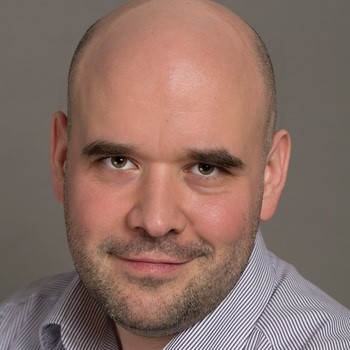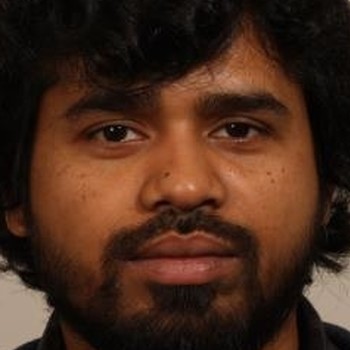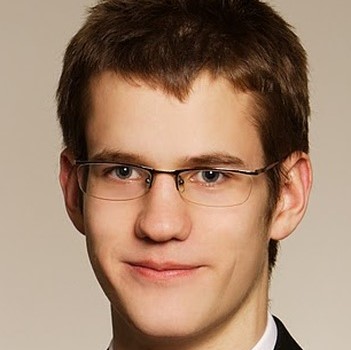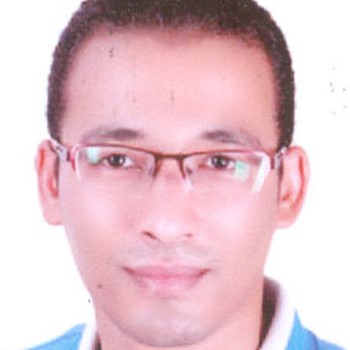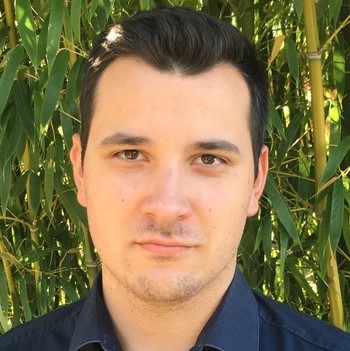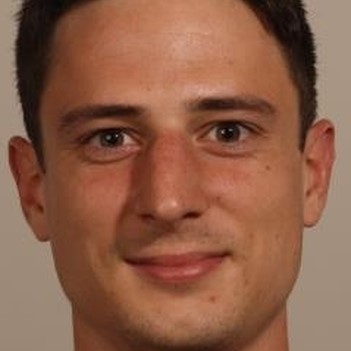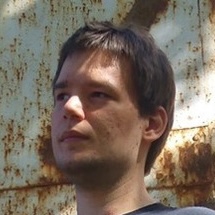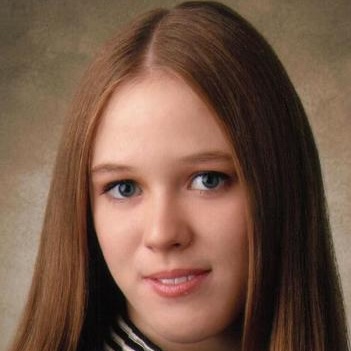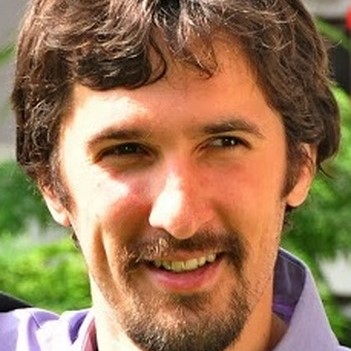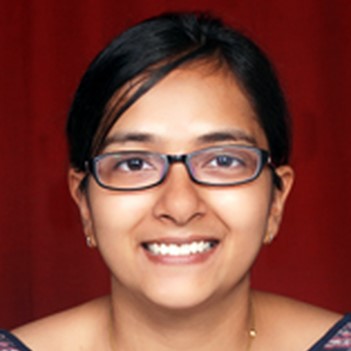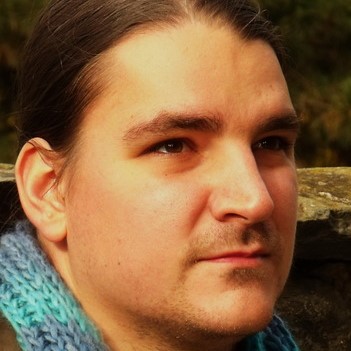MTA-ELTE Lendület CMS Particle and Nuclear Physics Group
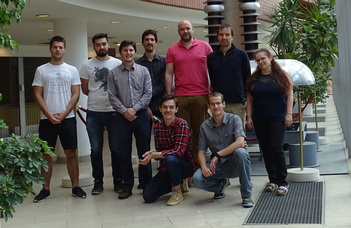
RESEARCH TOPIC
We work in the forefront of high-energy physics research within the large international CMS collaboration at the Large Hadron Collider (LHC) at CERN. We study the Standard Model (SM) of particle physics, in particular its electroweak sector, and search for new phenomena that can lead us to the fundamental theory that lies behind the SM. We also investigate the strong interaction in extreme conditions and aim to characterize the hot, dense matter, the quark-gluon plasma (QGP) that existed shortly after the Big Bang.
The LHC, accelerating proton (p) and lead-ion (Pb) beams, provides a unique opportunity at the energy frontier. Its Run 1 (2010-2013) data brought ground-breaking results, starting in 2010 with the first direct observation of centrality-dependent jet asymmetry due to jet-quenching in the QGP. The discovery of the Higgs boson in 2012 has then crowned decades of research to complete the SM and to explain how the mass of elementary particles is generated.
These discoveries set the stage for LHC Run 2 (2015-2018) and Run 3 (2022-2026). The increased energy (13 and 13.6 TeV for p-p collisions) and the expected data statistics (more than 5 and 10 times that of Run1) have opened new territories.
We test the SM via precision measurements and search directly for new physics suggested by theoretical arguments and observational hints, such as the lack of a consistent theory of quantum gravity, the naturalness problem and the existence of dark matter and dark energy. The CMS data also allows a more in-depth study of many facets of quantum chromodynamics (QCD), including the properties of the QGP whose description is one of the most important open questions in QCD today.
To reach the ultimate precision and sensitivity for new physics, LHC data taking will continue until the middle of 2026. The accelerator and the detectors will then undergo a significant upgrade in order to prepare for the High-Luminosity LHC phase (2030-2041). We contribute to these R&D efforts for the upgrade of the CMS BRIL subsystem which is responsible to measure precisely the delivered luminosity and thus is a key to the safe operation of the complex detector system and the high-precision physics that we strive to do.
MEMBERS
|
|
Gabriella Pásztor associate professor, doctor of HAS ELTE webpage |
|
|
Gábor Veres full professor ELTE webpage |
|
|
Máté Csanád full professor ELTE webpage |
|
|
Koushik Mandal postdoctoral fellow ELTE webpage |
|
|
Péter Major assistant research fellow ELTE webpage |
|
|
Márton Bartók doctoral candidate ELTE webpage |
|
|
Gadallah Mahmoud Moussa Abdelkhalek doctoral candidate ELTE webpage |
|
|
Krisztián Farkas doctoral candidate ELTE webpage |
|
|
Attila Rádl doctoral candidate ELTE webpage |
|
|
Ármin Kadlecsik doctoral student ELTE webpage |
|
|
Anna Fehérkuti doktoral student ELTE webpage |
FORMER MEMBERS
|
|
Márton Nagy assistant professor ELTE webpage |
 |
Ruchi Chudasama postdoctoral fellow ELTE webpage |
|
|
Ankita Mehta postdoctoral fellow ELTE webpage |
|
|
Nicolas Filipovic postdoctoral fellow |
|
|
Sándor Lökös assistant reserach fellow ELTE webpage |
 |
Olivér Surányi doctoral candidate ELTE webpage |
|
|
Roland Sipos doctoral candidate ELTE IK |
|
|
Rebeka Tamási-Böttger doctoral student ELTE webpage |
|
|
Al-muttairi Masar doctoral student ELTE webpage |
CONTACT
Room: Lágymányos Campus, Northern Building 3.85
Phone: +36-1-372-2760
Extension: +36-1-372-2500 / 6335
Email: hc.nrec@rotzsap.alleirbag ,uh.etle.ktt@rotzsap.alleirbag




